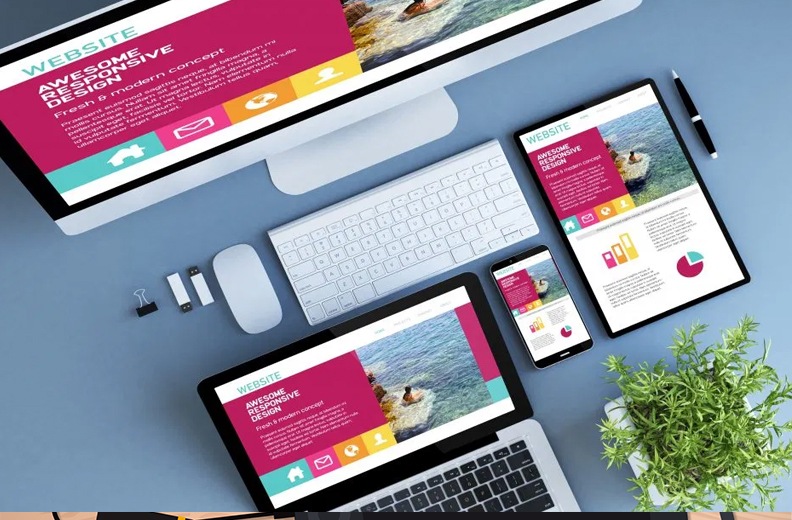- Have any questions?
- (Prasad) +91 96191 46851 | (Parag) +91 99878 20022
- support@pnpwebdesign.com
Crafting Compelling Web Design for Your Company: A Guide to Digital Success

Maximizing Success: The Intersection of Website and Digital Marketing
February 4, 2024
Unveiling the Expertise: Navigating the Realm of Website Developers in Mumbai
February 4, 2024Crafting Compelling Web Design for Your Company: A Guide to Digital Success

In today’s digital age, a company’s website serves as its virtual storefront. Often serving as the first point of contact for potential customers. With consumers increasingly turning to the internet to research products and services. The importance of effective web design for company websites cannot be overstated. In this comprehensive guide, we delve into the intricacies of web design for company websites. Exploring key principles, best practices, and actionable tips to help your business stand out in the digital landscape.
Understanding the Importance of Web Design for Company Websites:
Web design plays a crucial role in shaping the online presence of a company, influencing brand perception, user experience, and conversion rates. A well-designed website not only captures the attention of visitors but also guides them through a seamless journey, from initial discovery to final conversion. By investing in professional web design for your company. You can establish credibility, foster trust, and differentiate your brand from competitors in the crowded digital marketplace.
Key Elements of Effective Web Design for Company Websites:
-
Brand Identity and Consistency:

Your company website should be a reflection of your brand identity, incorporating elements such as logo, color scheme, typography, and imagery that align with your brand’s personality and values. Consistency in branding across all touchpoints instills confidence in visitors and reinforces brand recognition, helping to create a cohesive and memorable online experience.
-
User-Centric Navigation:
Navigating a company website should be intuitive and user-friendly, allowing visitors to find information quickly and easily. Implementing clear navigation menus, logical page hierarchies, and prominent calls-to-action enables users to navigate your site with ease, reducing friction and increasing engagement. User-centric navigation enhances the overall user experience, encouraging visitors to explore further and discover what your company has to offer.
-
Responsive and Mobile-Friendly Design:
With the proliferation of mobile devices, ensuring that your company website is responsive and mobile-friendly is essential. A responsive design adapts seamlessly to different screen sizes and resolutions, providing a consistent and optimized experience across desktops, laptops, tablets, and smartphones. By catering to the needs of mobile users, you can expand your reach, increase accessibility, and enhance user satisfaction.
-
Compelling Visual Design:
Visual elements such as layout, imagery, and multimedia play a crucial role in capturing the attention of visitors and conveying your company’s message effectively. Striking a balance between aesthetics and functionality, compelling visual design evokes emotion, communicates value, and reinforces brand identity. High-quality images, engaging videos, and eye-catching graphics can enhance the visual appeal of your website and leave a lasting impression on visitors.
-
Performance and Loading Speed:



In today’s fast-paced digital world, users expect websites to load quickly and perform seamlessly. Slow loading times can frustrate visitors and lead to high bounce rates. Negatively impacting your company’s online reputation and search engine rankings. Optimizing your website for performance by minimizing file sizes, leveraging caching techniques, and optimizing code ensures swift loading times and enhances the overall user experience.
Conclusion:
In conclusion, web design for company websites is a multifaceted endeavor that requires careful planning, creativity, and attention to detail. By prioritizing elements such as brand identity, user-centric navigation, responsive design, compelling visuals, and performance optimization. You can create a website that not only attracts visitors but also converts them into loyal customers. Remember, your company website is more than just a digital storefront—it’s a powerful tool for building relationships, driving growth, and achieving success in the digital age.





